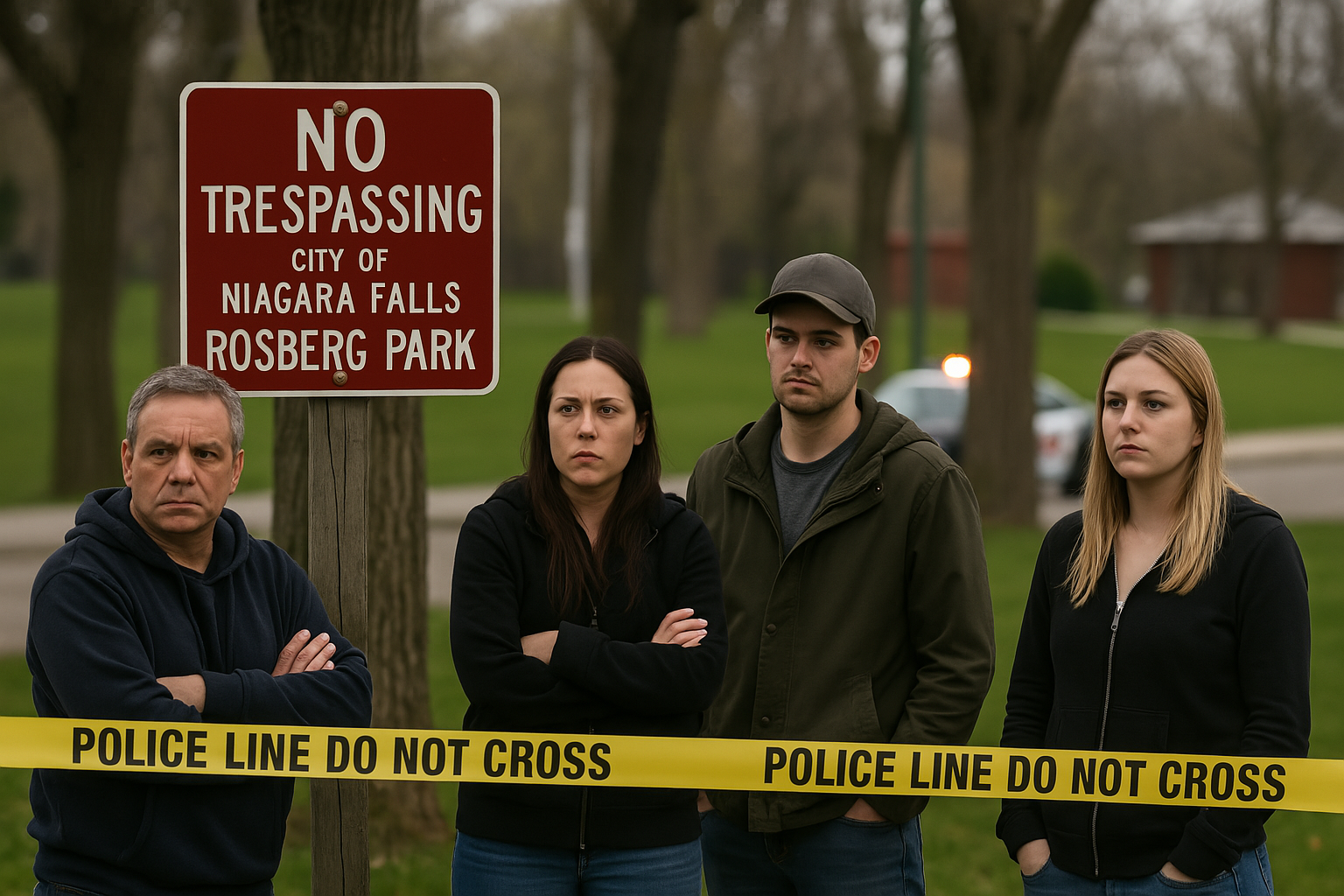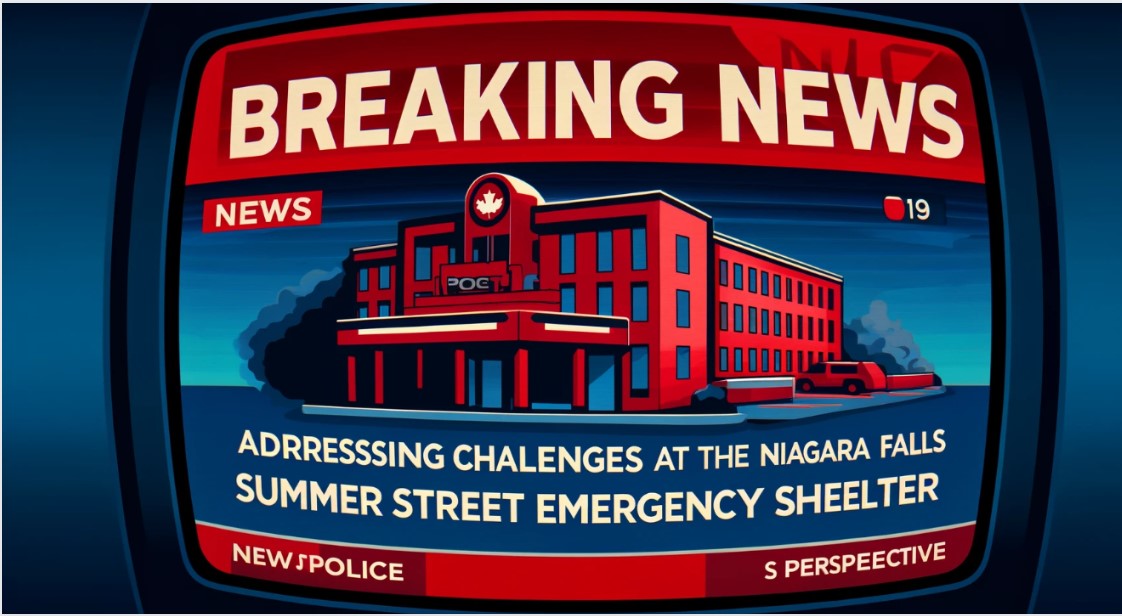Is Niagara-on-the-Lake truly “wine country”? According to Town Councillor Wendy Cheropita, the answer is a resounding yes, and she argues that the phrase is essential for developing the area’s tourism industry.
Cheropita believes the term “wine country” helps distinguish Niagara-on-the-Lake from other tourist destinations. In the town’s draft tourism strategy and action plan, the phrase was included as part of the vision statement: “Niagara-on-the-Lake is an extraordinary wine country destination, known for its natural beauty, food and wine, and unrivaled cultural experience.”
For Cheropita, “wine country” evokes an image of more than just vineyards—it represents a place where visitors can enjoy arts like the Shaw Festival, wine tastings, winemaking, luxurious hotels with spas, local hiking trails, cycling, and the region’s rich history. She argues that wine country elevates other offerings in the area. “It’s the connection to other things. Everybody has food and wine,” Cheropita noted.
However, not everyone agrees. Robin Garrett, vice-chair of the town’s tourism strategy committee, emphasized during a town council meeting that removing “wine country” from the document would drastically change the tourism strategy. “It is a very important distinction,” Garrett stated. “How do we stand out from the crowd?”
Despite these arguments, town staff removed the phrase, along with other sections of the draft document, such as references to collaborating with other organizations, the importance of holding events, and ideas for marketing and governing responsibilities. The tourism strategy, which has been under development for more than a year with the help of CBRE Tourism Consulting, also suggests hiring an economic and tourism director and includes 68 action items with an estimated first-year cost of over $550,000.
In August 2024, the town hired Ashleigh Myers as its economic development officer. Other recommendations from the strategy include holding annual town hall meetings to update residents on tourism initiatives, creating a destination marketing fund, and involving Indigenous communities in tourism projects.
Garrett believes Niagara-on-the-Lake is fortunate to have world-class assets, which could be harnessed to shape a focused future for the town. “I’m quite elated with the final product. There has been lots of research,” she said.
However, Niagara-on-the-Lake’s interim chief administrative officer, Bruce Zvaniga, argued that the vision statement should encompass more than just “wine country.” Zvaniga pointed out that some people may avoid visiting the town because they associate it too closely with wine.
Cheropita disagreed, emphasizing the unique atmosphere of Niagara-on-the-Lake. “When people get off the Queen Elizabeth Way and see the vineyards, it’s a sense of arrival for them,” she said, describing the town as creating a “zen-like” feeling for visitors. “Wine country is bigger than just wine,” Cheropita added.
Zvaniga noted that the meaning of “wine country” may vary, and he stressed that the tourism strategy is still under review.
According to the Niagara Economic Development office, the region attracts approximately 13 million tourists annually, including about three million from the U.S. and one million from other countries. These visitors spend roughly $2.4 billion, supporting around 40,000 jobs in the tourism industry.
At a recent council meeting, Councillor Sandra O’Connor motioned to defer the vote on the tourism strategy until the April 29 council meeting. “Staff should take it back and assess it and provide a document without a red line,” she said, suggesting further revisions before any final decisions are made.
The debate over the phrase “wine country” continues as Niagara-on-the-Lake shapes its tourism future, aiming to strike a balance between promoting its renowned vineyards and embracing its broader cultural and natural offerings.




